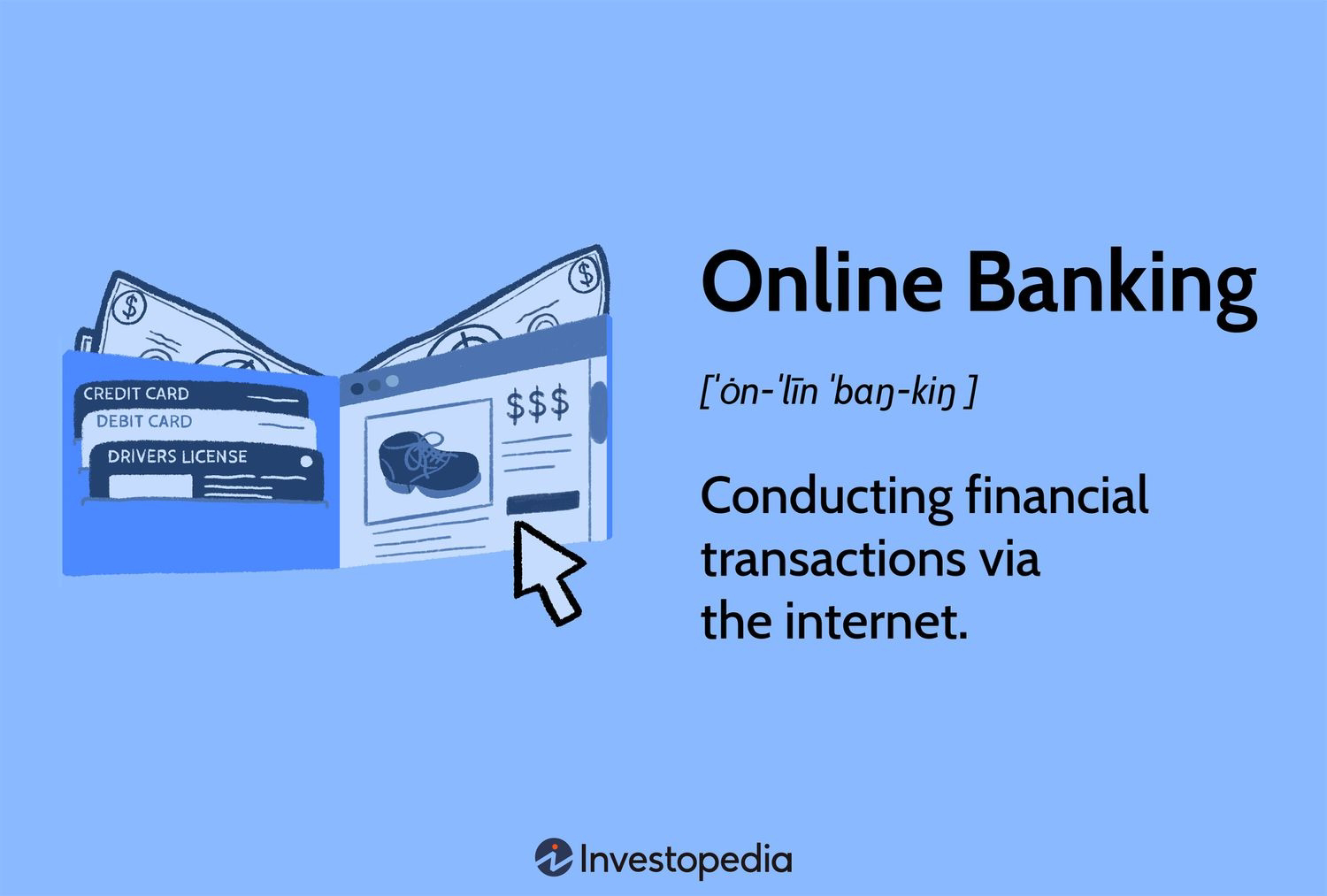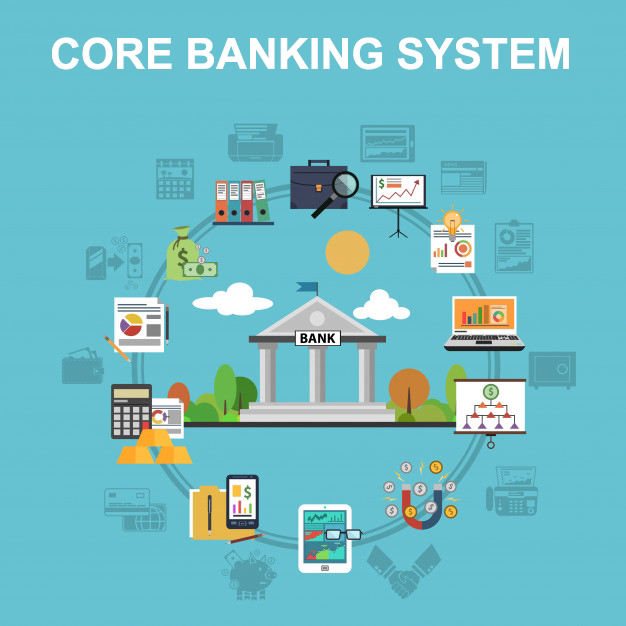BANKING
Core banking refers to the centralized, real-time system that enables banks to manage their core operations like customer accounts, deposits, loans, and transactions across multiple branches
Mobile application banking refers to the use of a mobile device, like a smartphone or tablet, to access and manage banking services and conduct financial transactions.
It allows users to perform various banking activities through a dedicated mobile app provided by their bank.
Mobile banking applications are software programs developed by banks to enable customers to access and manage their accounts, and conduct financial transactions using mobile devices
Benefits of Mobile Banking:
Convenience:
Access banking services anytime, anywhere.
Accessibility:
Manage finances on the go, without visiting a bank branch.
Efficiency:
Perform transactions quickly and easily.
Cost Savings:
Reduce the need for physical bank visits and associated costs.
Enhanced Security:
Benefit from advanced security features to protect your financial information.
Better Financial Control:
Track spending, manage budgets, and make informed financial decisions.
RTGS stands for Real Time Gross Settlement.
It's a system for transferring large sums of money between banks, where the transactions are processed individually and in real-time, meaning there's no waiting period for the transfer to be completed.
Real-time:
Transactions are processed immediately, as soon as they are received, rather than being grouped together in batches.
Gross settlement:
Each transaction is settled individually, without being netted against other transactions.
High-value transactions:
RTGS is typically used for transferring large amounts of money, with a minimum transaction limit of ₹2 lakh in India.
Secure and reliable:
RTGS is a secure and reliable system for transferring funds, managed by the Reserve Bank of India (RBI) in India, and it minimizes the risk of one party not fulfilling their obligation.
24x7 availability:
In India, RTGS is available 24 hours a day, 7 days a week, including weekends and holidays.
NEFT, which stands for National Electronic Funds Transfer, is a system in India that allows for the electronic transfer of funds between banks.
It is a nation-wide payment system managed by the Reserve Bank of India (RBI).
NEFT enables individuals, firms, and corporations to transfer money from their bank accounts to other bank accounts across India.
Key Features of NEFT:
Electronic Funds Transfer:
NEFT facilitates the transfer of funds electronically, eliminating the need for physical instruments like cheques or demand drafts.
Nationwide System:
NEFT is a centralized payment system that operates across India, connecting various banks and branches.
RBI Oversight:
The Reserve Bank of India (RBI) manages and operates the NEFT system, ensuring its smooth functioning.
24/7 Availability:
NEFT transactions are generally available 24 hours a day, 7 days a week, including holidays.
Batch Processing:
NEFT transactions are processed in batches, which means the beneficiary's account is typically credited within a few hours.
IFSC Code Requirement:
To transfer funds via NEFT, you need the beneficiary's bank account number, name, bank name, and the IFSC (Indian Financial System Code) of the beneficiary's bank branch.
No Minimum or Maximum Limit:
There is no minimum amount for NEFT transfers, and the maximum limit is generally ₹50 lakh, although some banks may have higher limits for specific customer segments.
Charges:
While most banks do not charge for NEFT transactions done online, some may levy nominal charges for transactions initiated at bank branches.
IMPS in banking, or Immediate Payment Service, is a real-time, 24/7 service for transferring funds instantly between banks in India.
It allows for secure and convenient fund transfers using mobile, internet, or ATM banking
MCLR, or Marginal Cost of Funds based Lending Rate, is a benchmark interest rate that banks in India use to determine the minimum interest rate for various types of loans.
Introduced by the Reserve Bank of India (RBI) in 2016, it replaced the base rate system to bring more transparency and efficiency in lending practices.
Essentially, it sets the lowest rate at which banks can lend money.
The Insolvency and Bankruptcy Code (IBC), enacted in 2016, is a law in India that consolidates and amends the laws relating to insolvency and bankruptcy of companies, partnership firms, and individuals.
It aims to provide a time-bound process for resolving insolvency and maximizing the value of assets.
The IBC also establishes the Insolvency and Bankruptcy Board of India (IBBI) to regulate the insolvency professionals and agencies
MSME banking refers to the financial services and products tailored to support Micro, Small, and Medium Enterprises (MSMEs).
These services include loans, payment solutions, and other banking facilities designed to help MSMEs start, operate, and grow their businesses.
Banks and other financial institutions offer various MSME-specific loan products, such as working capital loans, term loans, and equipment financing, to address the diverse needs of this sector.





















Comments
Post a Comment